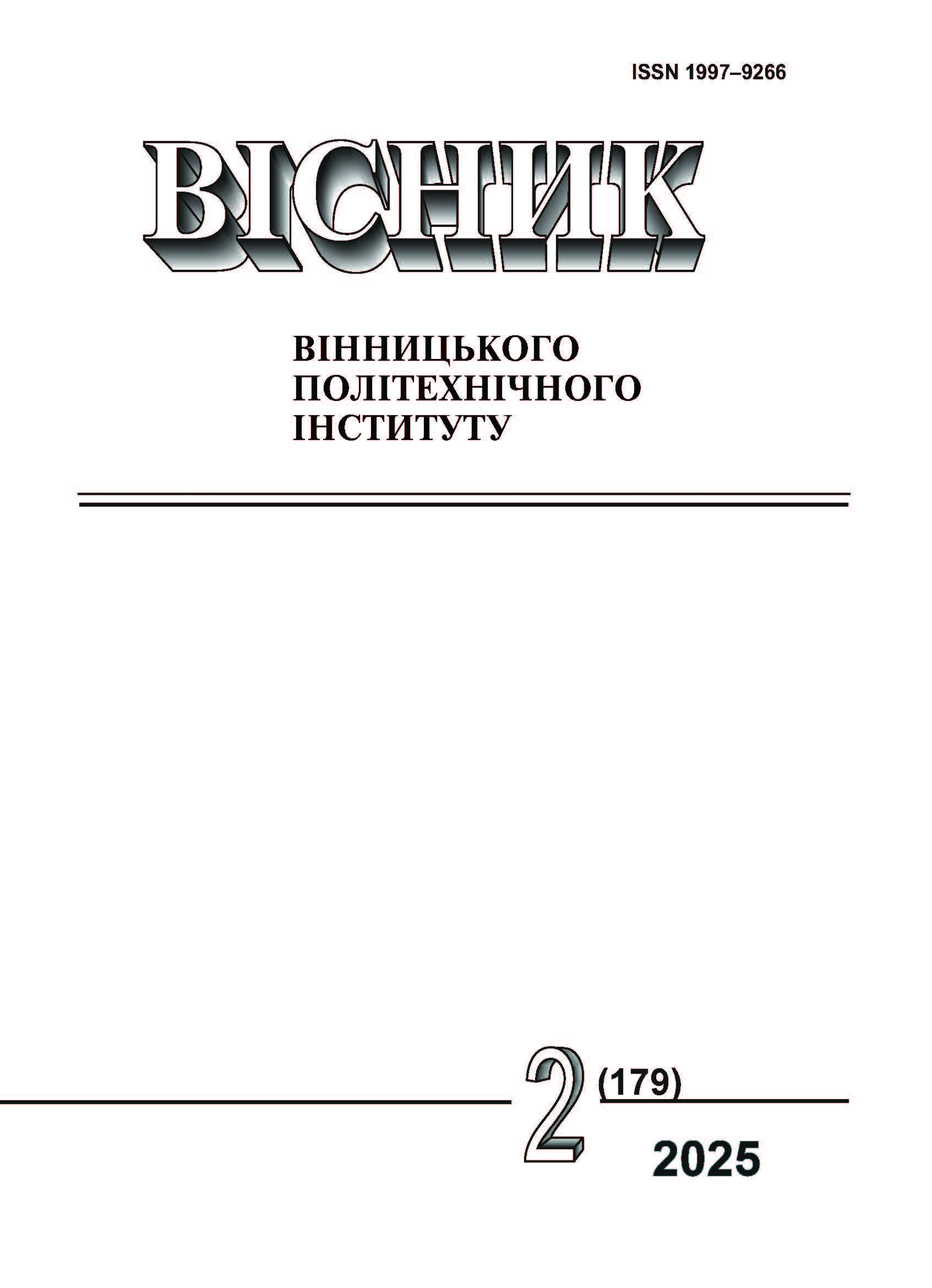Analysis of the Metrological Characteristics of a Coordinate Measuring Machine
DOI:
https://doi.org/10.31649/1997-9266-2025-179-2-8-14Keywords:
coordinate measuring machine, metrological characteristics, measurement errors, measurement uncertainty, error correction, mathematical modeling, algorithmic compensation, geometric deviations, thermal deformations, measurement accuracyAbstract
The article analyzes the metrological characteristics of a coordinate measuring machine (CMM) based on a systematic approach to assessing measurement errors and uncertainties. Coordinate measuring machines are key instruments in high-precision aerospace and mechanical engineering, as they enable to perform measurements of geometric parameters of products with high accuracy. However, measurement errors arise due to geometric, kinematic, thermal and random factors, which can significantly affect the accuracy of the obtained results.
The study examines main sources of CMM errors, including geometric deviations of the guideways, backlash, thermal deformations, measurement system errors, and algorithmic inaccuracies. The impact of these factors on the metrological characteristics of the machine, particularly on measurement accuracy and repeatability is analyzed. Mathematical approach to estimating measurement uncertainty is proposed, taking into account the influence of systematic and random errors.
Special attention is given to error correction using algorithmic methods and mathematical modeling. The possibilities of applying correction models to compensate geometric and thermomechanical CMM errors are described. The influence of probing parameters and software on the accuracy of coordinate measurements is also considered.
The results of this study can be effectively applied to refine and enhance methodologies for evaluating the metrological characteristics of CMMs, optimize error correction algorithms, and develop improved standards aimed at increasing the accuracy and reliability of measurements. The proposed approach not only contributes to enhancing the efficiency of CMM applications in various industrial and scientific tasks but also ensures their compliance with modern metrological requirements, thereby supporting advancements in precision measurement technologies.
References
J. Bosch “Coordinate Measuring Machines and Systems,” New York, Marcel Dekker, 1995.
H. Schwenke, W. Knapp, H. Haitjema, A. Weckenmann, R. Schmitt, and F. Delbressine, “Geometric Error Measurement and Compensation of Machines,” CIRP Annals, vol. 57, no. 2, pp. 660-675, 2008.
D. Flack, “Fundamentals of Coordinate Metrology,” National Physical Laboratory, London, 2001.
A. B. Forbes, “Measurement Uncertainty and Coordinate Metrology,” CIRP Journal of Manufacturing Science and Technology, vol. 2, no. 1, pp. 1-8, 2010.
А. М. Потеряйко, і О. С. Скиба, «Координатно-вимірювальні машини, сучасні способи сканування і зворотний інжиніринг,» Український метрологічний журнал, № 4, 2016.
A. Weckenmann, W. T. Estler, G. N. Peggs, and D. McMurtry, “The Influence of Measurement Strategy on the Uncertainty of CMM Measurements,” CIRP Annals-Manufacturing Technology, vol. 53, no. 2, pp. 657-684, 2004.
О. В. Кочеткова, «Розробка прецизійних координатно–вимірювальних машин з використанням нейронних мереж,» Вісник НТУУ «КПІ», Приладобудування, № 30, с. 78-83, 2005.
М. Чмуж, і Д. Сергеєв, «Алгоритм обрання 3D координатно-вимірювальної машини,» Метрологія для підприємства, № 2, 2021.
ISO 10360-x: “Coordinate Measuring Machines (CMM) — Acceptance and Reverification Tests,” International Organization for Standardization (ISO), Geneva, Switzerland.
Downloads
-
pdf (Українська)
Downloads: 99
Published
How to Cite
Issue
Section
License

This work is licensed under a Creative Commons Attribution 4.0 International License.
Authors who publish with this journal agree to the following terms:
- Authors retain copyright and grant the journal right of first publication.
- Authors are able to enter into separate, additional contractual arrangements for the non-exclusive distribution of the journal's published version of the work (e.g., post it to an institutional repository or publish it in a book), with an acknowledgment of its initial publication in this journal.
- Authors are permitted and encouraged to post their work online (e.g., in institutional repositories or on their website) prior to and during the submission process, as it can lead to productive exchanges, as well as earlier and greater citation of published work (See The Effect of Open Access).





